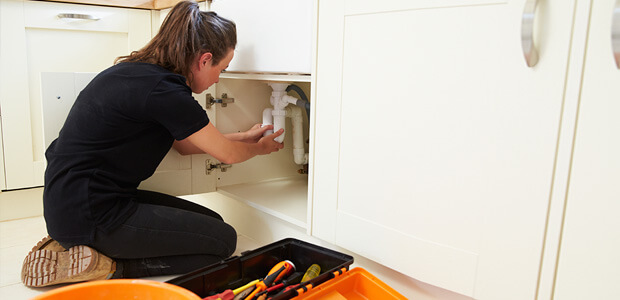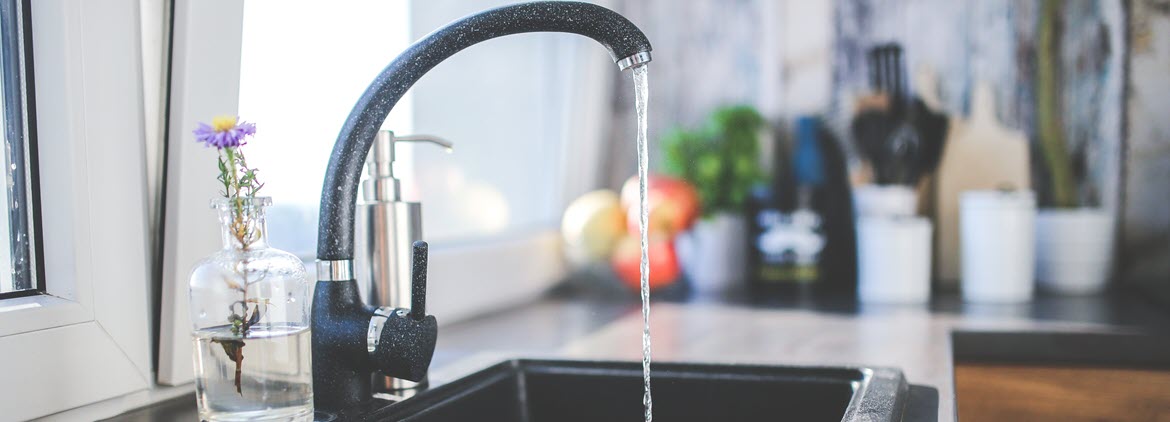Strategies for Managing a Blocked Drain Before Hiring Plumbing Experts
Strategies for Managing a Blocked Drain Before Hiring Plumbing Experts
Blog Article
Listed here in the next paragraphs you can locate more brilliant data concerning What I learned from trying to deal with a clogged drain.

Intro
Managing an obstructed drain can be a discouraging experience, interfering with day-to-day tasks and possibly causing damage to your residential property. Nonetheless, prior to reaching out to pipes experts, there are steps you can take to deal with the problem on your own. In this overview, we'll discover do it yourself services and preventive measures to tackle a blocked drain effectively.
Recognizing the Concern
The first step in resolving a blocked drainpipe is acknowledging the signs. Slow-moving drain, gurgling sounds, foul odors rising from drains, or water backing up prevail indicators of a blocked drainpipe. Recognizing these signs early can aid avoid even more complications.
Common Root Causes Of Blocked Drainpipes
Comprehending the factors that add to drain pipes blockages is essential for reliable resolution. Typical wrongdoers consist of hair, soap residue, grease, food particles, and international items like hygienic items or paper towels. Tree origins getting into underground pipes can also cause substantial clogs.
Do it yourself Solutions
For minor obstructions, several DIY remedies can be reliable. Putting boiling water down the drainpipe can aid dissolve grease and debris. Sodium bicarbonate and vinegar or a combination of salt and cooking soda can act as natural cleaners. Making use of a bettor or pipes serpent to remove obstructions is one more alternative.
Devices and Tools
Having the right tools available can make DIY drain cleaning a lot more efficient. A plunger is a functional tool for getting rid of clogs in sinks, toilets, and showers. A plumbing serpent or auger can reach much deeper obstructions, while drainpipe cleansing chemicals can be utilized meticulously for stubborn obstructions.
Preventive Measures
To avoid future obstructions, taking on safety nets is critical. Install drain guards or strainers to catch hair and debris prior to they enter the pipes. Regularly flush drains with warm water to liquify oil build-up, and avoid getting rid of grease or strong waste down the tubes.
When to Call a Professional
While DIY solutions can deal with small blockages, particular indications suggest the need for professional support. Relentless blockages, foul odors in spite of cleaning initiatives, or numerous drains backing up at the same time are warnings that call for experienced treatment.
Choosing the Right Plumbing Service
When picking a pipes service, take into consideration aspects such as experience, licensing, and customer reviews. Choose a respectable plumbing professional with a record of quality handiwork and clear rates techniques.
Expense Considerations
The price of specialist drainpipe cleaning services can differ depending upon the intensity of the obstruction and the plumbing technician's prices. Request quotes from multiple providers and ask about any kind of service charges to ensure openness and avoid surprises.
Safety and security Precautions
When attempting do it yourself drainpipe cleansing, prioritize safety. Wear protective handwear covers and glasses to stay clear of contact with dangerous chemicals or germs. Never ever blend different drain cleaning items, as this can produce dangerous fumes.
Case Studies
Real-life examples illustrate the efficiency of DIY solutions and the significance of prompt specialist intervention in dealing with drainpipe clogs.
Verdict
By following the pointers laid out in this overview, you can properly deal with obstructed drains and prevent future pipes problems. Whether choosing do it yourself options or looking for professional aid, timely action is key to keeping a healthy plumbing system and preserving the stability of your home.
How to Clear a Clogged Drain Yourself (And When to Call In the Professionals)
What Can Clog a Drain
Dirt Skin flakes Hair Grease Soap scum Food Offset pipes Tree roots Small objects Mineral buildup DIY Tricks to Unclog a Drain
You can fix this! Once you have identified the source of the clog (or have a vague idea), you can try one or a combination of these fixes in order to clear your plumbing.
Wire Hanger or Snake
Untangle and clear out hair from a drainpipe with a homemade snake. Use a straightened-out wire hanger with a 90-degree angle hook to locate the clog and drag out any unwanted material.
Remember not to push the clog further down to where the wire hanger cannot reach! If you need to follow up with a plunger, give it a try. Your efforts might be more successful after it’s been wire-snaked.
If you want to get fancy and don’t have a wire hanger to spare, head to the store and pick up a hand-operated drain snake. You can get one for $10-$30. It may save you the hassle, and provide additional length to reach deep into the clogged pipe.
Plunger
A cup plunger has a suction cup attached to a wooden handle. The rubber creates a seal around the drain, and increases the pressure force of the plunger.
Plunge for 30-second increments to loosen the clog. This may need to be repeated over the course of 15-20 minutes. Once plunged, run the water to flush the remaining material out of the drain.
Remember– never use a plunger if you have used a chemical drain cleaner. These chemicals can splash up from the force of the plunger and cause serious injury or burns.
Boiling Water
Hot water can sometimes break up materials into a flushable amount. Dirt, grease, and soap buildup requires heat in order to unstick from surfaces.
Take your kitchen kettle and heat your water to a boil. Once it reaches a rolling boil, pour it directly down the drain into the blockage. Carefully follow with plunging, if necessary.
Don’t worry if this takes more than one try! It can often take multiple kettles and repeated plunging in order to clear a particularly stubborn clog.
Chemical Drain Cleaner
As a last resort, pick up a bottle of chemical drain cleaner. Drain-cleaning chemicals are potent, and not very good for the environment.
You may need to wear protective eyewear in gloves before handling your bottle of chemical drain cleaner. Follow the instructions printed on the bottle, and flush with water as soon as the instructions allow. Do not follow with plunging.
Baking Soda and Vinegar
As a safer alternative to chemical drain cleaner, baking soda and vinegar can create a chemical reaction that clears tough clogs.
Combine one cup of cleaning vinegar with one cup of boiling water, and set aside. Once you have done this, pour half a cup of baking soda down the drain. Give the baking thirty seconds to settle and cover a large portion of the problem drain.
Following the baking soda, pour down your vinegar and hot water solution. Once the vinegar and baking soda combine, the mixture will bubble and fix. Let this reaction fizzle in the drain for about an hour.
After an hour, follow with a kettle’s worth of hot water. The heat and liquid should flush out any remaining material.
When to Call a Plumber
If your DIY attempts haven’t cleared your clog drain, it’s time to call in a professional. It’s not worth losing access to your kitchen sink or high-traffic bathroom. A clog in a vital area can keep you from the things you’d rather be doing, and derail your routine.
Anytime a clog is causing water to spread is a time to call in a plumbing service. What starts out as a little bit of water can quickly grow into serious, expensive water damage.
Additionally, a serious clog can result in burst pipes or serious leaks. Make sure you know when to take it seriously!
https://myguysnow.com/how-to-clear-a-clogged-drain-yourself-and-when-to-call-in-the-professionals/

Hopefully you enjoyed our part about . Many thanks for taking a few minutes to read through our article. If you enjoyed reading our page plz do not forget to pass it around. Kudos for being here. Come back soon.
Make An Appointment Report this page